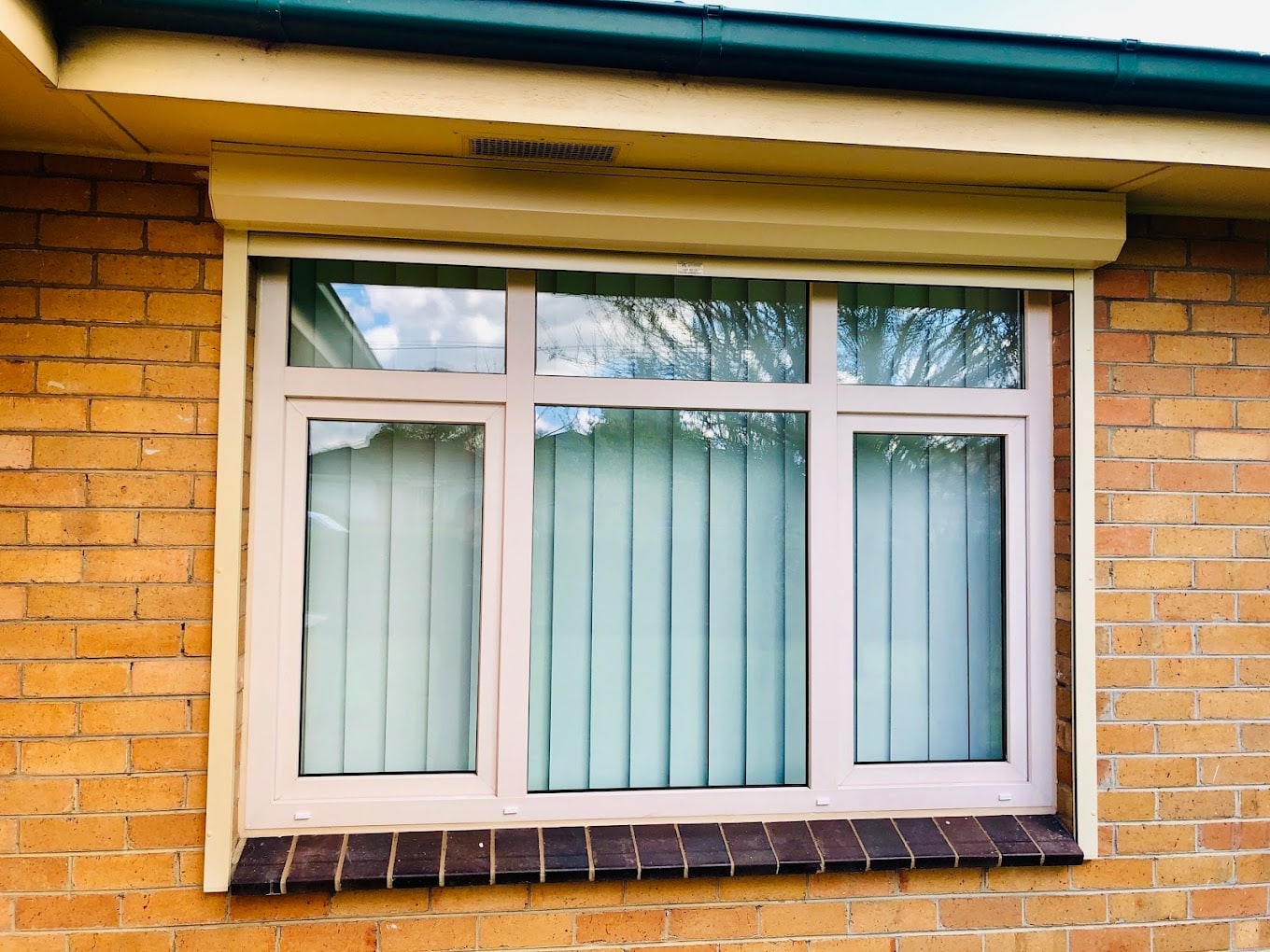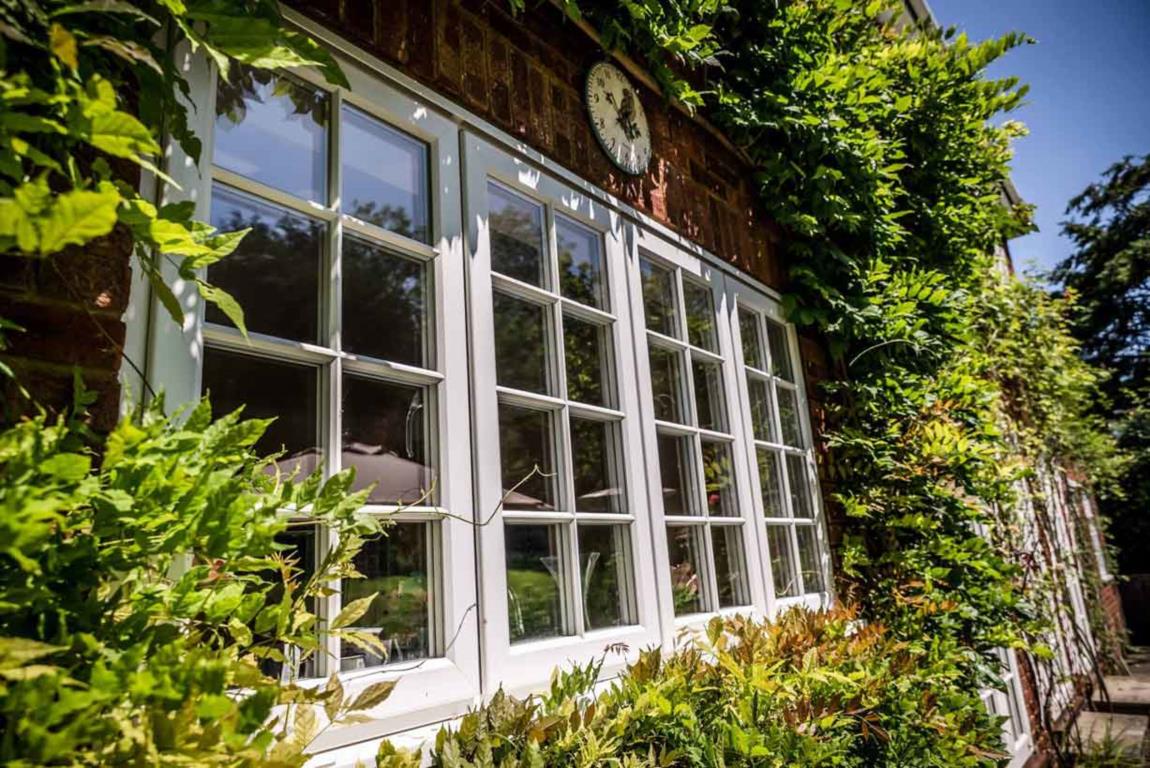All Categories
Featured
Table of Contents
Keep Cool This Summer Without Overusing Your Aircon. in Waterford Perth
Glazing merely means the windows in your house, including both openable and fixed windows, as well as doors with glass and skylights. Glazing actually just implies the glass part, however it is generally utilized to refer to all elements of an assembly including glass, films, frames and furnishings. Taking note of all of these elements will help you to achieve effective passive style.

Energy-efficient glazing makes your home more comfy and significantly reduces your energy costs. However, improper or inadequately created glazing can be a significant source of unwanted heat gain in summer season and significant heat loss and condensation in winter. Up to 87% of a house's heating energy can be gotten and up to 40% lost through windows.
Why Double Glazing Keeps Your Home Cooler In Summer? in Como Perth
Glazing is a considerable investment in the quality of your home. A preliminary financial investment in energy-efficient windows, skylights and doors can significantly lower your annual heating and cooling costs.
This tool compares window choices to a base level aluminium window with 3mm clear glass. Comprehending some of the essential residential or commercial properties of glass will help you to select the very best glazing for your home. Key properties of glass Source: Adapted from the Australian Window Association The quantity of light that goes through the glazing is referred to as visible light transmittance (VLT) or visible transmittance (VT).
Benefits Of Replacing Double Glazing Windows In The Summer in Menora WA
This might lead you to switch on lights, which will lead to higher energy costs. Conduction is how readily a product performs heat. This is understood as the U worth. The U value for windows (revealed as Uw), describes the conduction of the whole window (glass and frame together). The lower the U value, the greater a window's resistance to heat circulation and the much better its insulating value.
For instance, if your house has 70m2 of glazing with aluminium frames and clear glass with a U value of 6. 2W/m2 C, on a winter's night when it is 15C chillier outside compared with indoors, the heat loss through the windows would be: 6. 2 15 70 = 6510W That is comparable to the total heat output of a big room gas heater or a 6.
Faq in Leeming Perth

If you select a window with half the U value (3. 1W/m2 C) (for instance, double glazing with an argon-filled gap and less-conductive frames), you can halve the heat loss: 3. 1 15 70 = 3255W The solar heat gain coefficient (SHGC) for windows (expressed as SHGCw) determines how easily heat from direct sunshine flows through a whole window (glass and frame together).
The lower a window's SHGC, the less solar heat it transfers to the home interior. The real SHGC for windows is affected by the angle that solar radiation strikes the glass.
Which Type Of Glass Is Best For Energy Efficiency? - A&l Windows in Yangebup Perth
When the sun is perpendicular (at 90) to the glass, it has an angle of incidence of 0 and the window will experience the optimum possible solar heat gain. The SHGC declared by glazing makers is always calculated as having a 0 angle of incidence. As the angle increases, more solar radiation is reflected, and less is sent.
Table of Contents
Latest Posts
A Complete Guide To Double Glazed Windows in Wexcombe Western Australia
Which Type Of Glass Is Best For Energy Efficiency? - A&l Windows in Boya Perth
Insulated Glass Unit – Igu in Joondanna Perth
More
Latest Posts
A Complete Guide To Double Glazed Windows in Wexcombe Western Australia
Which Type Of Glass Is Best For Energy Efficiency? - A&l Windows in Boya Perth
Insulated Glass Unit – Igu in Joondanna Perth